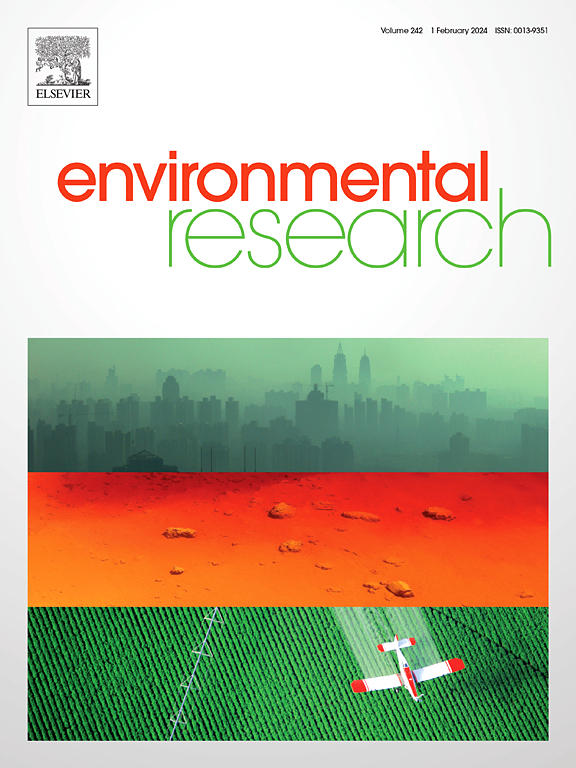酒酵母菌好氧发酵水热碳化水相的肥料潜力。
IF 7.7
2区 环境科学与生态学
Q1 ENVIRONMENTAL SCIENCES
引用次数: 0
摘要
本研究以城市污泥(MS)为原料,通过酵母(30℃,180 r/min, 6%接种量,72 h)的好氧发酵(AF),将水热碳化水相(HTC-AP)转化为液体肥料。初始化学需氧量为50 g/L的发酵HTC-AP表现出最佳性能。碳减排69.5±2.1%,总氮和总磷去除率分别为70.9±5.0%和94.3±0.8%,氮(976.7±39 mg/L)和磷(27.6±24 mg/L)保留率显著。种子萌发试验表明,发酵后的HTC-AP种子萌发率达到70%以上,无植物毒性,有利于种子萌发。此外,转录组学结果显示,糖酵解基因PFK1、TDH1在碳不足条件下下调,脂肪酸降解基因ALD6作为替代能量上调。这种方法不仅解决了HTC-AP的管理问题,还提供了将污泥转化为农业资源的可持续途径,从而有可能在未来与循环经济模式保持一致。本文章由计算机程序翻译,如有差异,请以英文原文为准。

Fertilizer potential of hydrothermal carbonization aqueous phase aerobically fermented by Saccharomyces cerevisiae
In this study, the hydrothermal carbonization aqueous phase (HTC-AP) from municipal sludge (MS) was converted into liquid fertilizer via aerobic fermentation (AF) using Saccharomyces cerevisiae (30 °C, 180 r/min, 6 % inoculum, 72 h). The fermented HTC-AP with an initial chemical oxygen demand of 50 g/L exhibited the optimal performance. It achieved 69.5 ± 2.1 % carbon reduction, significant total nitrogen and total phosphorus removal (70.9 ± 5.0 % and 94.3 ± 0.8 %, respectively), and nitrogen (976.7 ± 39 mg/L) and phosphorus (27.6 ± 24 mg/L) retention. The seed germination tests demonstrated that fermented HTC-AP achieved a germination index above 70 %, indicating no phytotoxicity and enhancing seed germination. In addition, transcriptomics revealed the downregulation of glycolysis genes (PFK1, TDH1) under inadequate carbon and the upregulation of fatty acid degradation (ALD6) acted as the alternative energy. This approach not only addresses the management of HTC-AP but also provides a sustainable pathway for converting sludge into agricultural resources, thereby having potential possibility to align with circular economy models in future.
求助全文
通过发布文献求助,成功后即可免费获取论文全文。
去求助
来源期刊

Environmental Research
环境科学-公共卫生、环境卫生与职业卫生
CiteScore
12.60
自引率
8.40%
发文量
2480
审稿时长
4.7 months
期刊介绍:
The Environmental Research journal presents a broad range of interdisciplinary research, focused on addressing worldwide environmental concerns and featuring innovative findings. Our publication strives to explore relevant anthropogenic issues across various environmental sectors, showcasing practical applications in real-life settings.
 求助内容:
求助内容: 应助结果提醒方式:
应助结果提醒方式:


